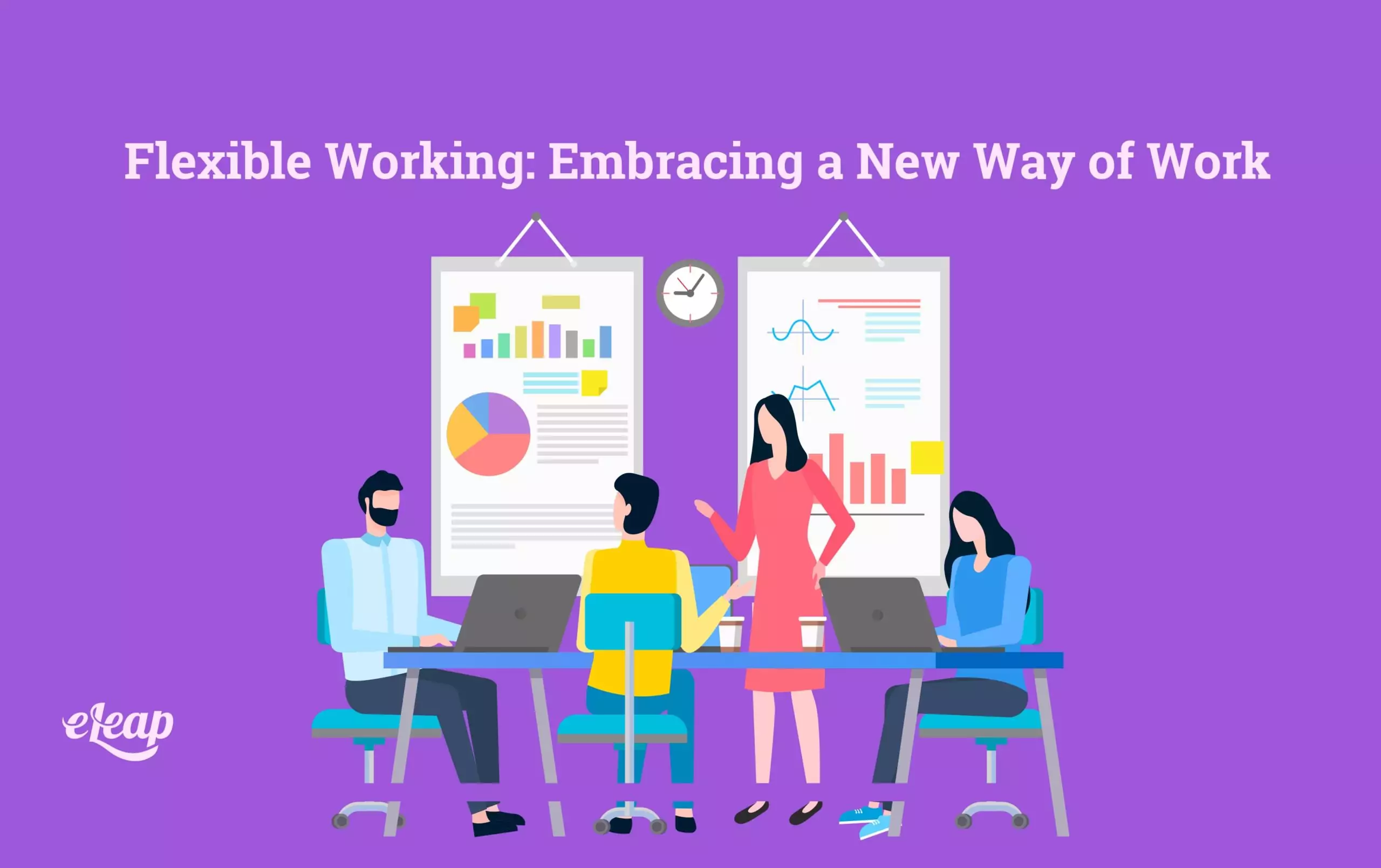Flexible Working: Embracing a New Way of Work

Flexible working has gained significant traction in today’s fast-paced and ever-changing world. With technological advancements and shifting work dynamics, more and more individuals seek alternative work arrangements that offer flexibility and autonomy. This article explores the benefits, challenges, and strategies associated with working. Join us as we delve into the world of working and how it reshapes the modern workforce.
With the rise of flexible working in recent years, the traditional 9-to-5 office setup has become less appealing to many individuals. The rise of adaptable working options has provided an alternative approach to work-life balance.
1.1 The Definition of Flexible Working
Flexible working refers to any work arrangement that offers employees freedom and flexibility in determining when, where, and how they work. It allows individuals to control their schedules, providing opportunities to better manage personal and professional responsibilities.
1.2 Types of Flexible Working Arrangements
- Remote Work: With technological advancements, remote work has become increasingly popular. Employees can work from anywhere, utilizing communication tools and virtual collaboration platforms.
- Flexitime: Flexitime allows employees to choose their working hours within a predefined range, accommodating personal needs while meeting business requirements.
- Compressed Workweek: This arrangement allows employees to work longer hours on fewer days, providing additional days off during the week.
- Job Sharing: Job sharing enables two or more employees to split responsibilities and work part-time hours while occupying the same role.
- Freelancing and Gig Economy: With the rise of freelancing platforms, individuals can choose to work on a project basis, offering flexibility and independence.
1.3 The Benefits of Flexible Working
Flexible working offers several advantages for both employees and employers. Let’s explore some of the key benefits:
- Enhanced Work-Life Balance: Adaptable working allows individuals to balance personal commitments and work responsibilities more effectively, reducing stress and improving overall well-being.
- Increased Productivity: When employees can choose their working environment and schedule, they often experience higher motivation levels, resulting in increased productivity.
- Talent Attraction and Retention: Employee satisfaction and flexibility are important factors in attracting and retaining top talent.
- Cost Savings: Adaptable working arrangements, such as remote work, can significantly reduce costs associated with office space, utilities, and commuting.
-
Challenges of Flexible Working
While flexible working presents numerous benefits, it has its challenges. Let’s explore some of the common obstacles individuals and organizations face implementing adaptable working arrangements.
2.1 Maintaining Work-Life Boundaries
Flexible hard working can blur the line between work and personal life, making it essential for individuals to establish clear boundaries to prevent burnout and maintain well-being.
2.2 Communication and Collaboration
Effective communication and collaboration are vital in a flexible work place environment. Overcoming barriers such as time zone differences and relying heavily on virtual communication tools can pose challenges.
2.3 Performance Evaluation
Evaluating employee performance in flexible work arrangements can be more complex than in a traditional office setting. Developing effective metrics and performance evaluation criteria is crucial to ensure fairness and accountability.
2.4 Potential for Social Isolation
Remote work or working outside of a traditional office environment may lead to feelings of isolation. Organizations need to foster a sense of community and connection among remote workers.
- Strategies for Successful, Versatile Working
To harness the full potential of versatile working, organizations should implement strategies to overcome challenges and create a conducive environment. Here are some strategies for successful implementation:
3.1 Clear Policies and Guidelines
Organizations should establish clear policies and guidelines outlining the expectations and boundaries of flexible work arrangements. This helps to manage expectations and ensure consistency across the workforce.
3.2 Technology and Infrastructure
Investing in reliable and efficient technology and infrastructure is essential for seamless communication and collaboration. Providing employees with the necessary tools and resources is crucial for remote work success.
3.3 Training and Support
Training and support to employees are crucial when transitioning to flexible easy working arrangements. Providing guidance on time management, work-life balance, and virtual collaboration tools can help employees adapt and thrive.
3.4 Regular Check-Ins and Feedback
Regular check-ins and feedback sessions are vital for maintaining open lines of communication and evaluating employee progress. This ensures continuous improvement and alignment with organizational goals.
Flexible Working: Key Takeaways
- Flexible good working has revolutionized how we work, offering freedom and autonomy to individuals while benefiting organizations.
- Remote work, flexitime, compressed workweek, job sharing, and freelancing are flexible hard working arrangements.
- Flexible working provides benefits such as improved work-life balance, increased productivity, talent attraction, and cost savings.
- Challenges include maintaining work-life boundaries, effective communication, performance evaluation, and potentially social isolation.
- Clear policies, technology investment, training, and regular check-ins are essential strategies for successful implementation.
- Embracing flexible work can unlock new opportunities for individuals and organizations, fostering a more inclusive and adaptable work culture.
Frequently Asked Questions
Q: How can adaptable working arrangements benefit employees?
A: adaptable working arrangements can enhance work-life balance, increase productivity, attract top talent, and reduce stress.
Q: What are the common challenges associated with flexible working?
A: Some common challenges include maintaining work-life boundaries, effective communication and collaboration, performance evaluation, and potentially social isolation.
Q: What strategies can organizations implement for successful versatile working?
A: Clear policies, technology investment, training and support, and regular check-ins are critical strategies for successfully implementing easy working.
Conclusion
Flexible working is a game-changer in the modern workplace, allowing individuals to customize their work arrangements to fit their lifestyles. By embracing flexible work, organizations can foster a more engaged and productive workforce while attracting and retaining top talent. Individuals and organizations must navigate the challenges and implement strategies that maximize the benefits of versatile working. So, are you ready to embrace the future of work? Start exploring the possibilities of flexible working today!